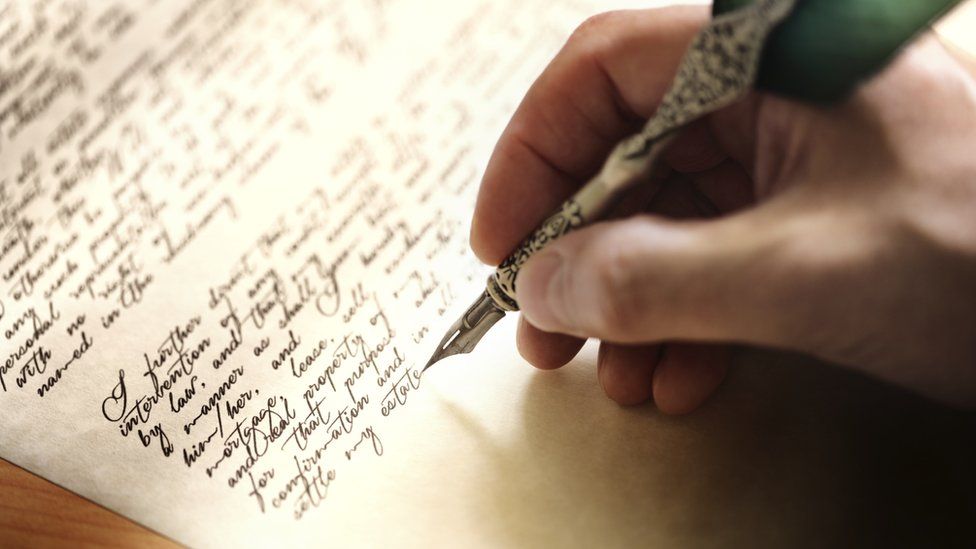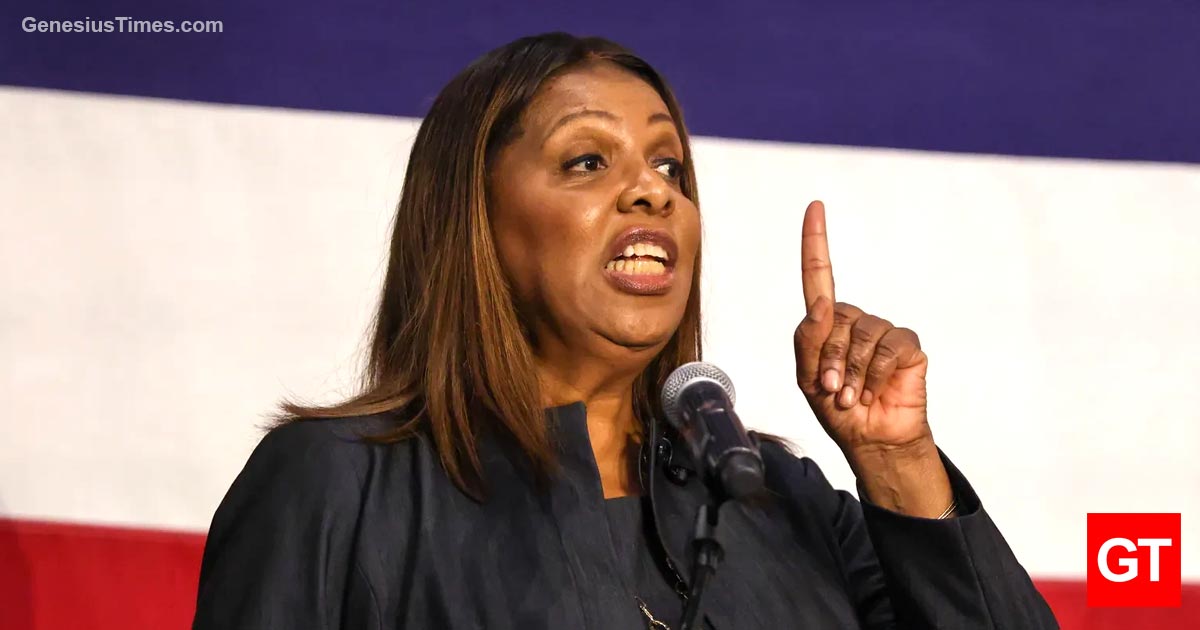
From the point of view of someone who likes to design and create things myself, the opening logos that precede a film can often be a museum of fascinating artistry (and depending on how terrible the movie is, they can sometimes be the highlight of your entire viewing experience). Sometimes when I examine them, I like to determine their meaning. Some studios like Gaumont add nice touches like the daisy petals surrounding the letter “G” that one might interpret as a reference to that film studio being one of the earliest to have sprouted in the past century. You might also find symbolism in the DreamWorks fishing boy, the Legendary emblem or the Spyglass silhouette of a man looking through a telescope, which is not difficult to interpret as the studio’s ambition to explore cinematic horizons with a new perspective.
In this article I will examine ten different famous film studio logos and give my personal opinions about their designs, and I will be doing so less from the film historian perspective that I usually write these articles with and more from an art critic perspective.
The Universal Globe

Most of the time when people come up with a logo for their company, they design something that is intended to embody their philosophy in a single image. And historically with Hollywood moguls, that philosophy is often equated with grand ambitions. So generic as some may find it, Universal using the planet Earth as their logo is honestly not a surprising choice because it fits that bill perfectly. But even without a literal sense of the intentions behind the design choice, I still think it’s a pretty effective brand. The dictionary definition of the word “universal” is “of, affecting or done by all people or things in the world.” Whether that’s to imply the scope of their artistry or the reach of their goals, I think it’s the perfect logo for a film studio like that one.
The Paramount Mountain

William Hodkinson, the man who was Paramount’s first president, came up with the original design for this mountain based on a real mountain called Ben Lomond Peak in Utah (the state where he opened one of the country’s first movie theaters). Most film fans know the story behind the stars that surround the mountain and how there were originally 24 of them that represented the 24 stars who were contract players at the studio (in newer logos the amount of stars shrank to 22). Despite those very specific design inspirations, this is a pretty good logo for a studio as aspirational as Paramount that could easily be interpreted as a representation of its supposed mountain-high level of quality. While the old school surrounding stars make up for their gaudiness with iconic distinction.
The Columbia Torch Lady

Another kind of no-brainer for an ambitious film studio. The Universal globe represents scope and the Paramount mountain represents heights but this represents a beacon, like a Hollywood version of the Statue of Liberty saying “You want quality entertainment? Sail your ships this way and come to the light.” They only improved this the more they refined it over the years, like when they added the clouds in the background. I’m pretty sure it’s one of the best logos in history.
The Warner Bros. Shield

When the Warner Brothers founded this studio in the 1920s they immediately set the standard for the level of refinement and quality they strived for with their films when they introduced this fancy badge logo with the initials “WB” embroidered on it. Even without the shield they still managed to create an iconic logo just based on the bold art deco-style design of the “W” and the “B.” It’s hard to be objective about my analysis of this logo design because every time I see it, I just automatically associate it with some of the best entertainment in history, so its appeal in my mind is mostly secondhand. Especially when I consider how low-key this approach was compared to a spinning globe logo, which made it feel even more artistically bold. But then WB had a reputation in these days for bold storytelling and left-leaning politics that instantly gave the shield a meaning: we’re not like those other studios.
The Disney Castle

This one doesn’t require much deep analysis. At this point everyone basically knows what Disney is. Singing princesses, talking animals, enchanted forests, magic spells, etc. They are the family-friendly studio that makes the most popular animated fairy tales in the world. And what represents a studio like that better than a castle? It’s definitely the most iconic image for their theme park resorts and probably the entire Disney empire next to Mickey Mouse himself. Needless to say, it’s the perfect logo for them.
The MGM Lion

For a long time Metro-Goldwyn-Mayer was seen as the most prestigious of all the film studios and they had the talent, the budget and the crowd-pleasing entertainment to back up that reputation for years. So what is the perfect image to indicate that you are the king of the pack? Obviously a lion. Just like the WB shield, when you saw the MGM lion in those days, it actually meant something. Most likely what it meant was music, spectacle and family entertainment. All things that eventually went out of fashion during the second half of the 20th century, which ultimately led to MGM getting the pillars knocked out from under them and narrowly avoiding bankruptcy until Amazon acquired them. All that kind of softened Leo the Lion’s roar, but as a pure logo design, it’s still one of the best.
The RKO Tower

RKO Radio Pictures used to be one of the major Hollywood studios thanks to the commercial success of films like King Kong, Snow White and the Seven Dwarfs and Citizen Kane. They later faded into obscurity and I’m fine with that because I never really liked this studio’s aesthetic. Are you a film studio, or are you a radio station? And if you are a film studio, what kind of name is “RKO Radio Pictures?” Yeah, I know that the Radio Corporation of America just wanted to capitalize on the film industry and so they founded this studio in 1929, but if Tootsie Roll wanted to enter the film industry and they called their studio Tootsie Roll Candy Pictures, I would call that dumb too. The logo design actually isn’t bad. I just think it makes little sense for a film company.
The 20th Century Fox Searchlights

Another typical display of flashy grandeur for a film distributor. It’s definitely iconic though, and it’s helped by the fact that the marching drum and trumpet infused melody associated with this logo is probably my second favorite of all the major film studio logo themes behind the one for Universal. Otherwise, I’ve never been a huge fan of this logo design-wise.
The Republic Eagle

My only thought about the design of the Republic Pictures logo is … Okay. Sure. It’s very American, and I like bald eagles. But I don’t know what else to add. Maybe that’s because unlike the other logos I discussed, I can’t really interpret the meaning behind this. Unless it’s just supposed to represent American supremacy. And given how this studio mostly got by on Westerns, B movies and action serials, that’s not exactly an inaccurate representation of its brand. I just think it’s kind of generic.
The Orion Constellation

The five stars shining and circling to form the letter “O” and eventually the Orion logo is a pretty decent design choice. And the current version of the logo for the MGM-owned Orion with the colorful computer-generated flare of aurora is even better. Perhaps it was their way of telling audiences that they were about to enter new cinematic worlds and visit fantastic places (it was actually meant to represent the five men who founded the company, even though the constellation of Orion has a little more than five stars in it, but that’s Hollywood creativity for you).











